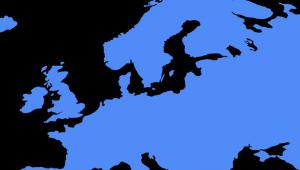It also called on the country to aim at a faster reduction in the still sizeable public debt through implementation of additional measures.
This could reduce the public debt to below 60% of GDP by 2022, the IMF said in its concluding ‘mission’ statement.
The public debt was 84.2% of GDP in 2016.
The IMF statement said: “This would help reduce vulnerabilities and the financing costs of the government.
“The additional consolidation should be accompanied by improving the structure of both revenue and expenditure to support growth and job creation.”
It also said Croatia’s “complex and multilayered” public administration leads to para fiscal fees, creates a “cumbersome and confusing environment” and provides opportunity for corruption.
“Licensing costs and red tape can be substantially reduced by merging and streamlining the overlapping functions of government bodies,” the IMF added.
“Increasing the use of electronic hubs and simplifying administrative processes and required documents would also improve the ease of doing business,” it said.
The Croatian economy has continued to recover, but IMF said unless reforms are implemented, growth could decelerate over the medium term towards a rate of 2%.
IMF projected GDP to grow by 3.1% in 2017 and 2.8% in 2018, mostly driven by consumption and tourism.
These reforms are particularly aimed at ensuring the real income rates align with the EU average, as it has yet to reach the pre-global financial crisis levels in Croatia.
The IMF’s ‘mission’ [official staff visit] took place during 17-27 October.













